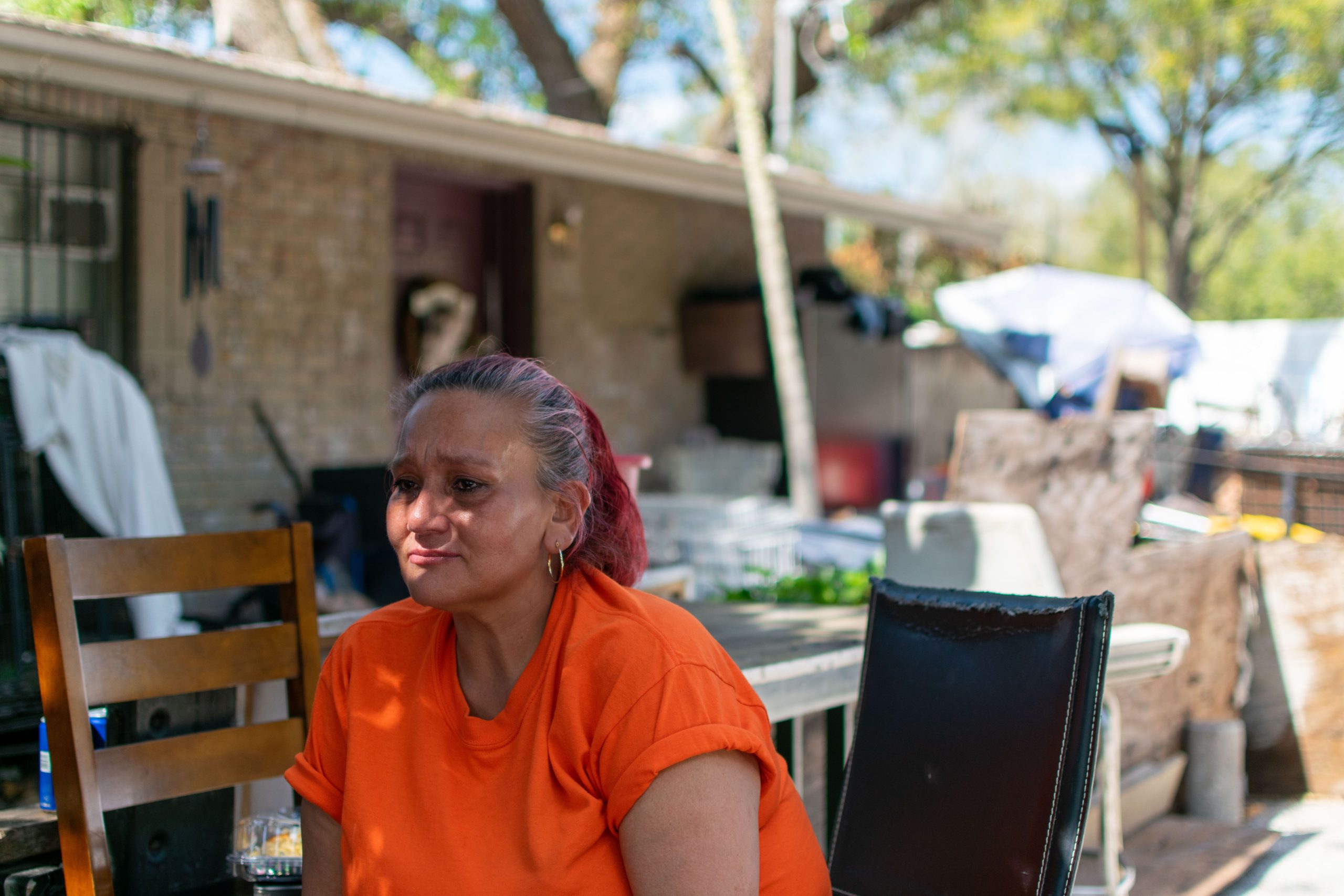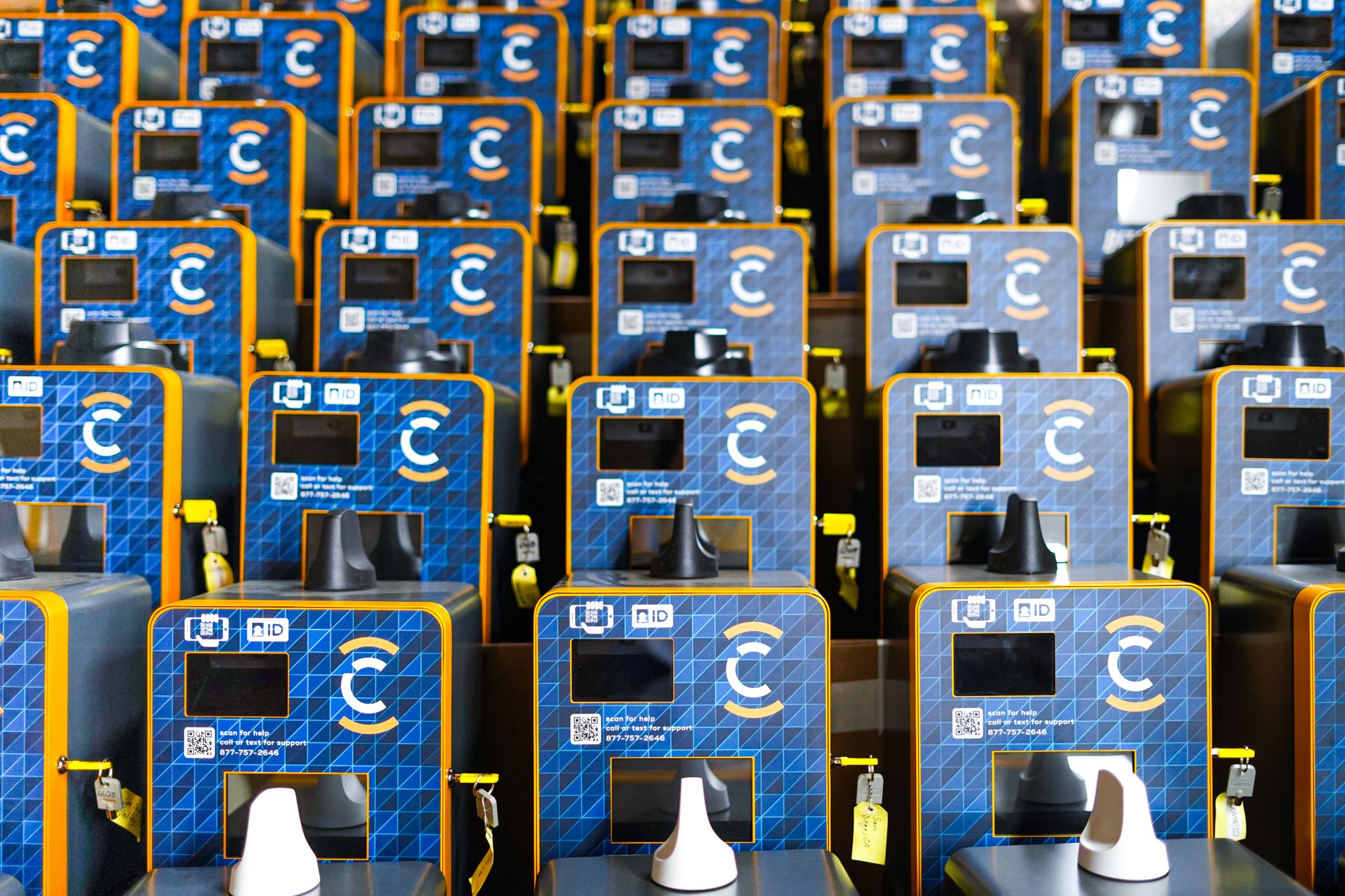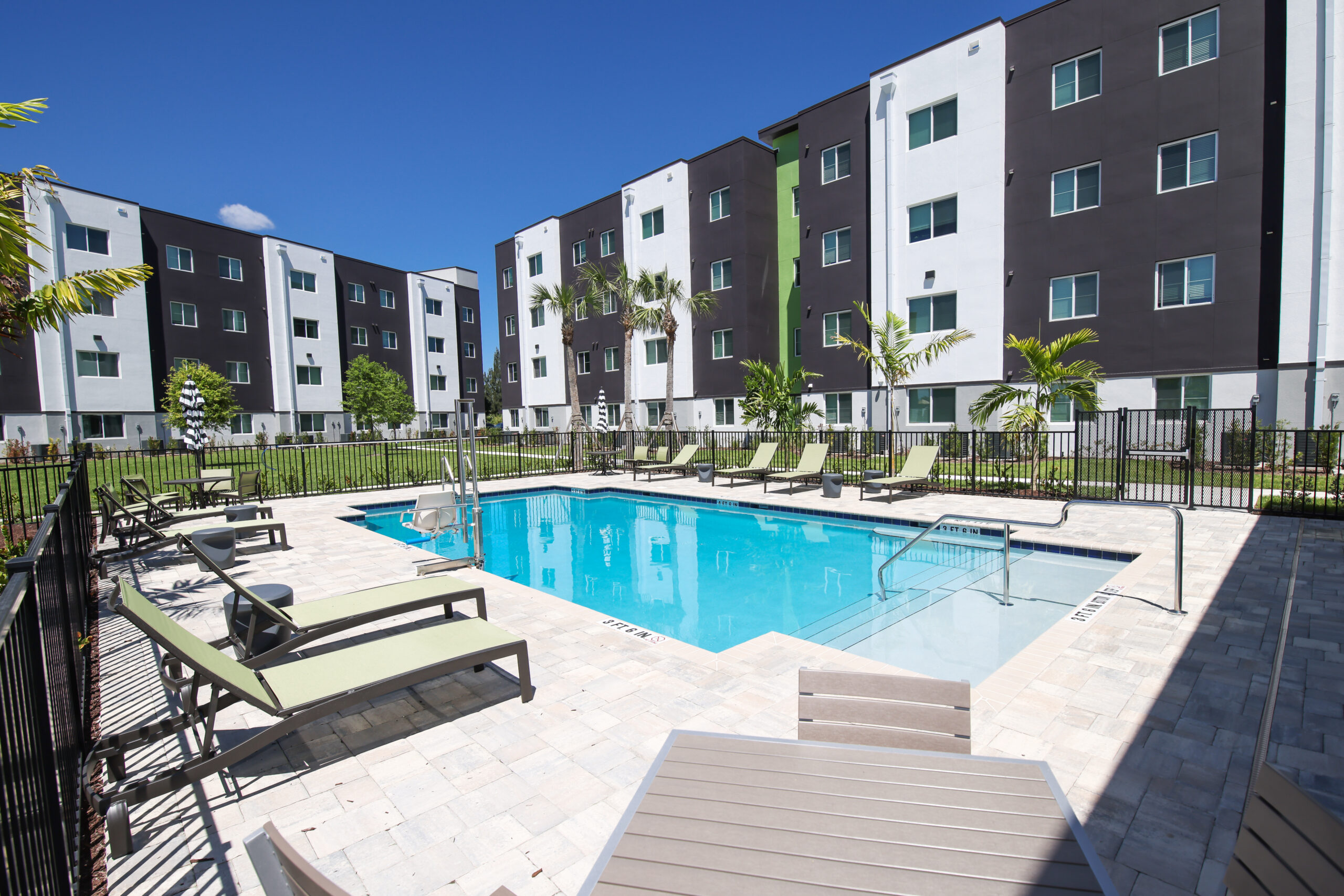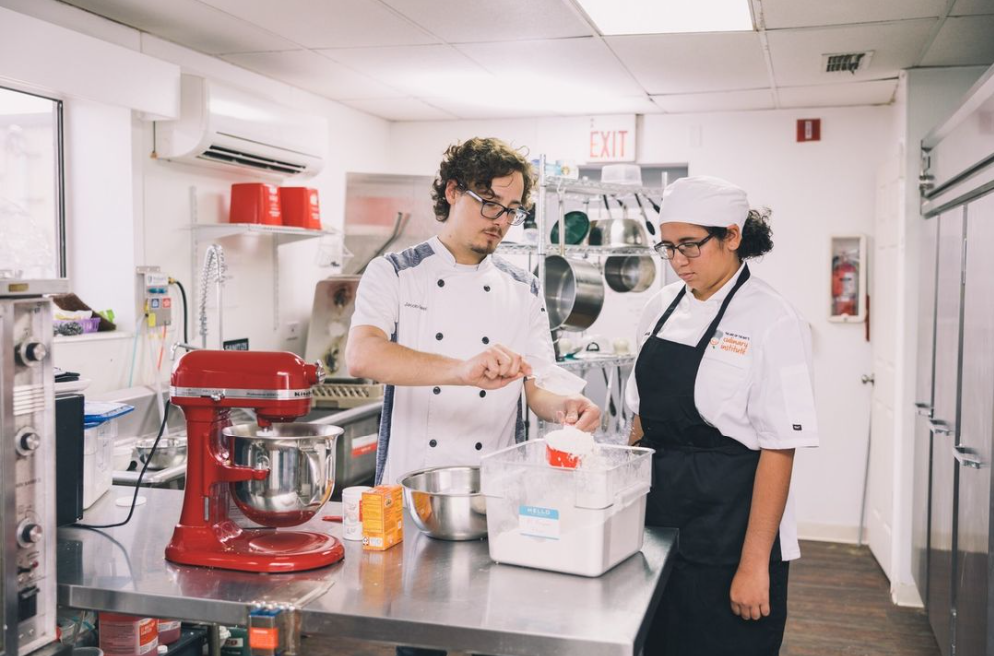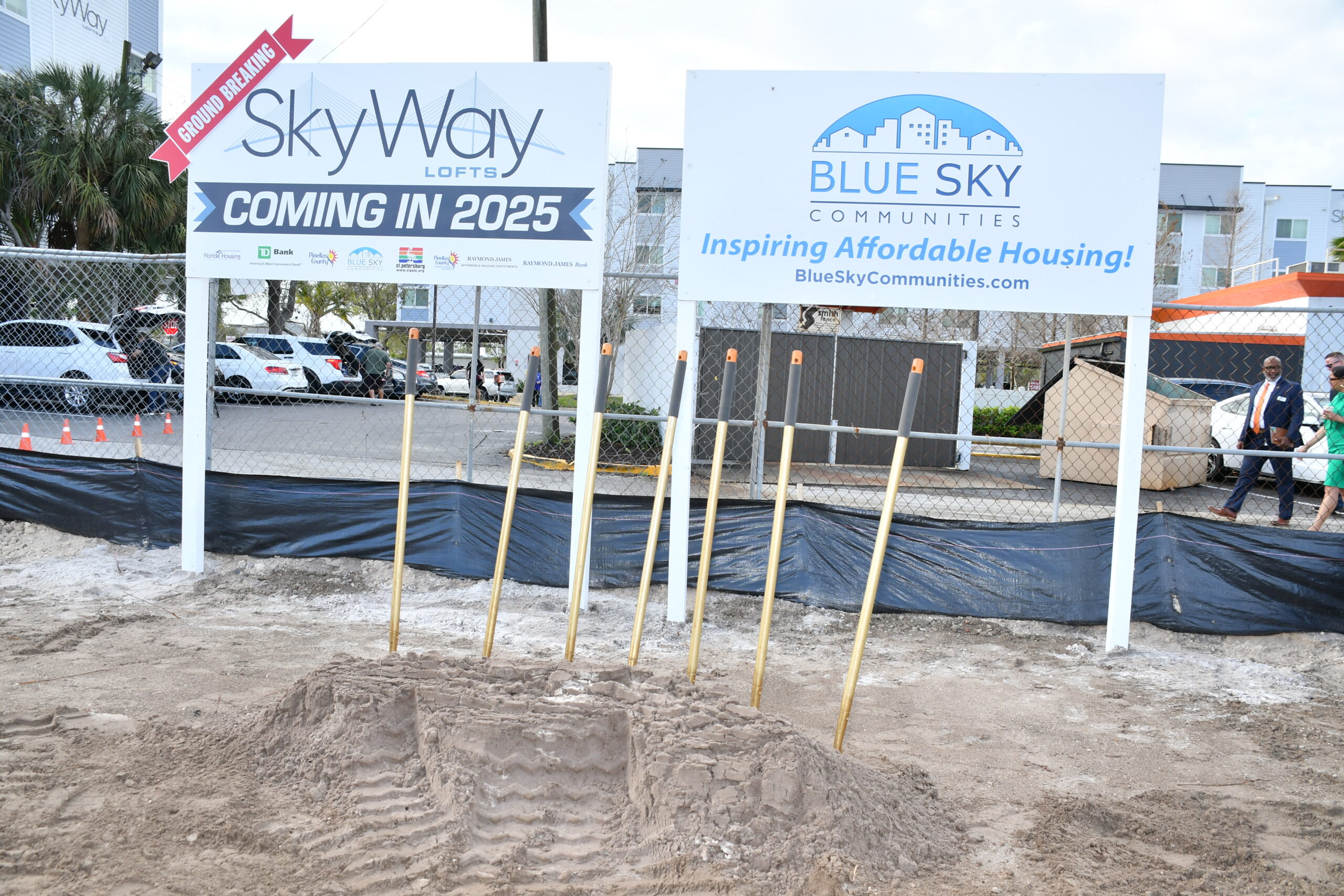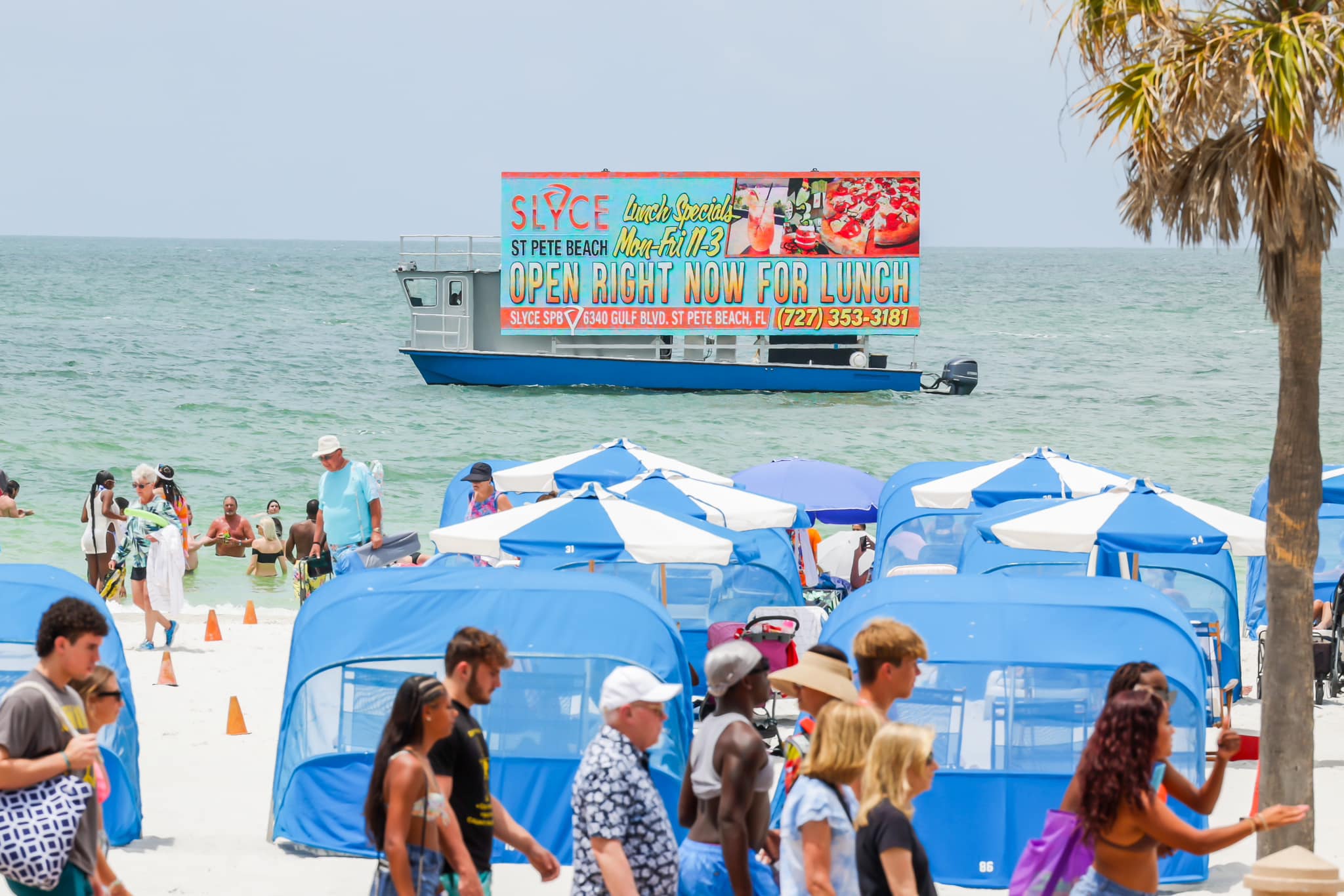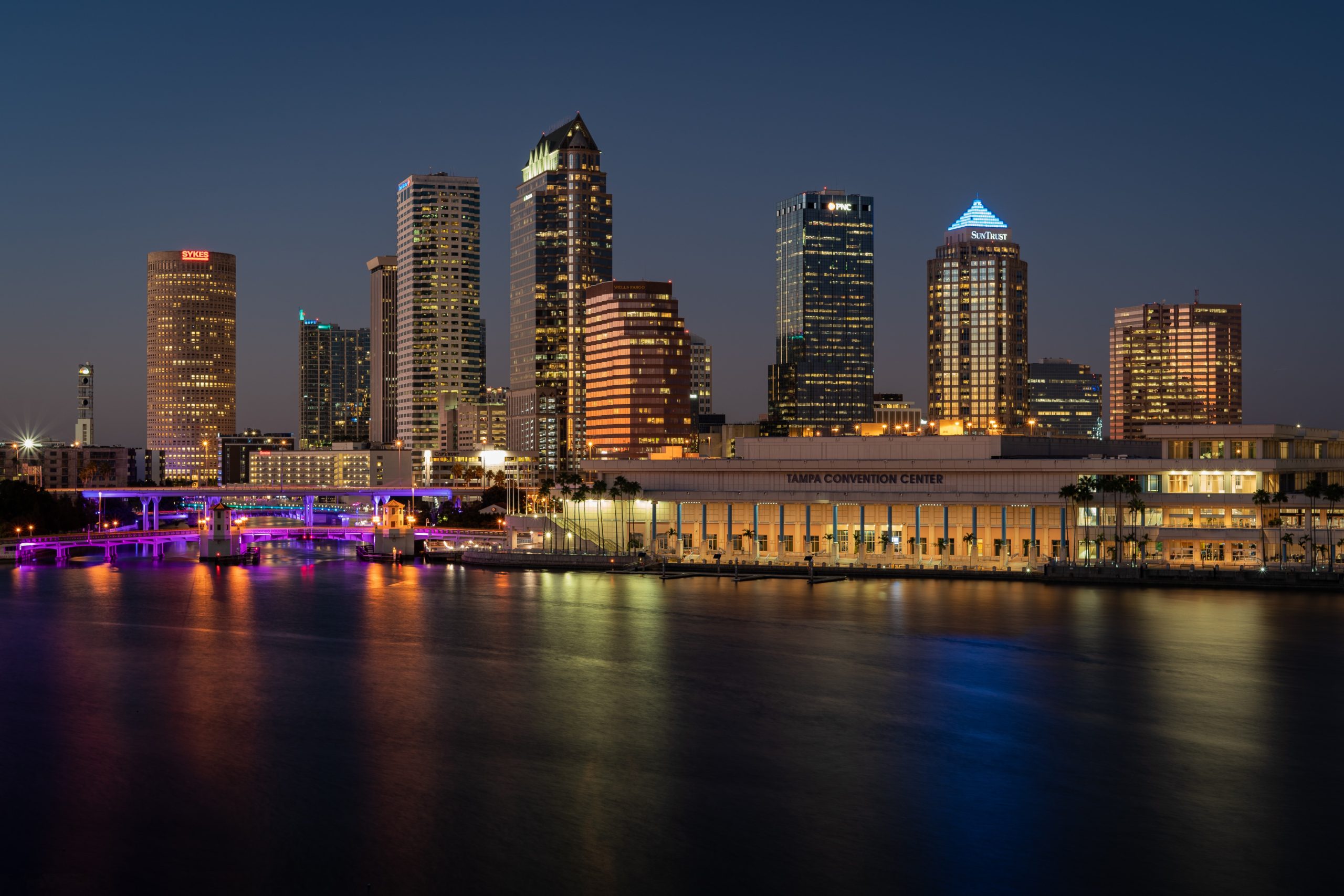Residents of the University Area of Tampa Bay are using their cameras to highlight homelessness and unemployment in their community. The Photo Voice Project is sponsored by the University Area Community Development Corporation. And hopefully it will not only highlight problems but also engage residents and community leaders.
The Photo Voice Project
When Nicholas Hodgins left his gated complex in the University Area and hit the pavement, what he found was not surprising. But it was sad and concerning.
Hodgins saw a woman in tears because during the COVID-19 lockdown, even though there was a moratorium on evictions, her landlord raised her rent from $900 per month to $2,000. She is now homeless. As a participant in the Photo Voice Project, Hodgins took a picture to document what he saw.
He also saw folks standing in a line to get free food. He saw people walking home from work. And a couple simply sitting on their front stoop, the only outside seating they have.
Taking photos of everyday triumphs and tribulations is a community-based research method, developed in 1992. The method promotes helps identify, represent and enhance a community using photography.
Eight University Area residents worked on the photo project for six months. They will present the photos in a private exhibition this Wednesday at Hyde House from 6 p.m. to 9 p.m. All those who took part will be on hand to answer questions about their photos. After the private exhibition, the photos will be available for public viewing.
“We plan to make it a traveling showcase. Going to high-traffic areas such as County Center, Tampa International Mall, and other places, to hit individuals that need to hear about the challenges in our community,” said Sarah Combs, CEO of the University Area CDC.
Combs came up with the project as part of her doctoral thesis for the University of South Florida’s College of Business.
“Hopefully, we can enact awareness and systemic change,” she said. “All of the photos are framed and matted and there is a narrative attached to each one, so people can engage with the photos and see them as the photographers saw them.”
Documenting the day
Each participant was given a digital camera for the project and training on how to work on the project. The photos empower residents to tell their stories through a camera lens purposely placed in their hands to document the community’s everyday realities.
There are three primary objectives to the Photo Voice Project:
- Empower residents to record and discuss their community’s strengths and weaknesses
- Create a dialog and share knowledge through group discussions
- Engage policymakers and government leaders to enact necessary changes
“There are lots of homeless near where I live,” Hodgins said. “There’s not a lot of trash, which is good, but there is a heavy police presence. Our neighborhood is right in front of a bus stop, which is why we see so much homelessness.”
The University Area
The University Area is the area near the University of South Florida with a high poverty rate, mostly renters and all the issues that come with low-income communities.
Hodgins’ approach to the project was to get the voice of the people through his photographs. “I found that it works best to take pictures of people, so I wandered the different blocks and tried to find people doing what they do, standing in line for food, walking home from work, or just sitting.”

Hodgins did audio with each photo, allowing him to get to know his neighbors. “It allowed me to see a lot more of their struggles. The gimmicky phrase is that a picture is worth a thousand words, but it’s really true. You can hear something described, but to see it is so much more powerful.”
Hodgins said he does not see enough government support or caring for the people in the University Area who are struggling. “Everyone I talked to said housing is the biggest issue. They cannot afford it. And our area is becoming Uptown, so people are going to be displaced because they can’t afford the raises in rent.”
Everyone has their own ideas of what a picture means, Combs said. “This is different because the residents have put their own captions next to each photo.”
Combs called it a very exciting project and said the participants did a great job of highlighting the area’s woes, which are housing, resident engagement, and unemployment.
Those who participated were already engaged and interested in doing more, she said. “They did an amazing job.”













